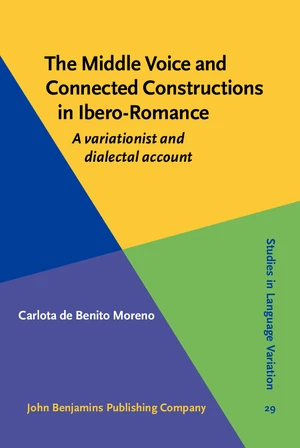The reflexive constructions that are the focus of this book are the constructions broadly described with the term âmiddleâ: i.e., those that can appear in all persons, and in which the reflexive marker (RM) cannot be understood as a full referential pronoun. One goal of this study is to provide a corpus-based typology of middle and related uses that allow us to compare the behaviour of the RM in these constructions with previous typological accounts, where competing models (based either on changes of diathesis or on the semantics of the verbal event) can be found. A second goal is to shed light on the evolution of the different functions of the RM, by exploring the factors that affect its productivity, with a specific focus on those verbs where reflexive marking is most variable, that is, anticausative verbs and verbs with no change of valency. These reflexive constructions show a notable difference in productivity in Spanish and Galician, although the languages are closely related and contiguous. The languages are thus good candidates for a contrastive and variationist analysis serving these two goals. The semantic class of the predicate, its aspectual properties and the animacy of the subject are some of the most relevant factors that are taken into account to understand the motivations behind the presence (or absence) of the RM. By relying on a corpus of interviews from rural communities across peninsular Spain (except Catalonia), space as a relevant extra-linguistic variable is taken into account, helping uncover previously unknown geographical patterns.
Price history
Aug 15, 2022
€153.32

